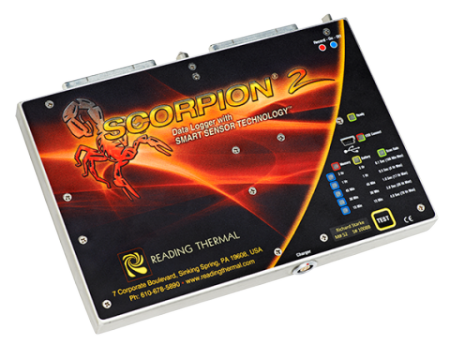In commercial baking, consistency is everything. A perfectly baked loaf of bread or a batch of golden-brown pastries isn’t just about using the right ingredients—it’s about precise temperature and humidity control throughout the baking process. That’s where advanced sensors come in. Reading Thermal sensors provide real time temperature and humidity monitoring or commercial bakery ovens in Indonesia, ensuring that every product meets quality standards
Precision That Makes a Difference
One of the biggest advantages of advanced sensors is their accuracy. Traditional oven thermometers can give you a rough idea of the temperature, but they don’t provide the level of precision needed for large-scale baking. Even slight temperature fluctuations can affect dough rise, crust formation, and moisture retention, leading to inconsistent results.
Advanced sensors, on the other hand, provide real-time data with pinpoint accuracy. They measure not just overall oven temperature but also variations within different zones. This helps bakers identify hot or cold spots and adjust settings accordingly, ensuring that every tray of baked goods turns out the same, no matter where it’s placed in the oven.
Real-Time Monitoring for Better Control
With older monitoring methods, bakers often rely on manual temperature checks or pre-set oven calibrations. The problem? By the time an issue is detected, it’s often too late to fix it without affecting the final product.
Advanced sensors, such as Reading Thermal’s SCORPION® 2 Temperature Sensor Array, eliminate that guesswork by providing continuous, real-time monitoring. If the temperature starts to drop or humidity levels get too high, adjustments can be made immediately. This level of control helps reduce waste and ensures that each batch of bread, cookies or pastries meets quality standards.
Better Humidity Regulation for Perfect Texture
Temperature isn’t the only factor that determines how baked goods turn out—humidity plays a huge role as well. A lack of moisture can cause bread to dry out too quickly, leading to tough crusts and dense interiors. Too much humidity, on the other hand, can prevent proper browning and leave products with an underbaked texture.
Our SCORPION® 2 Digital Humidity Sensor tracks humidity levels with extreme accuracy, allowing bakeries to fine-tune moisture control throughout the baking process. Whether it’s adjusting steam injection in an industrial deck oven or optimizing airflow in a convection system, these sensors help ensure the perfect balance for every recipe.
Energy Efficiency and Cost Savings
Baking requires a lot of energy, and inefficiencies in oven performance can drive up costs significantly. Traditional monitoring methods often lead to ovens running longer than necessary or at higher temperatures than needed, wasting energy and increasing expenses.
Advanced sensors help optimize energy use by maintaining precise control over baking conditions. Instead of overheating to compensate for potential fluctuations, ovens can run at exactly the right temperature for the exact amount of time needed. Some smart sensor systems even analyze energy consumption patterns, helping bakeries identify areas where they can cut costs without sacrificing quality.
Longevity and Maintenance Benefits
Another major perk of advanced sensors is their ability to monitor oven performance over time. Regular wear and tear can lead to inefficiencies, but small issues often go unnoticed until they become big (and expensive) problems.
By continuously tracking temperature stability, airflow, and humidity levels sensors can alert bakers to potential maintenance needs before a breakdown happens. This predictive maintenance approach reduces downtime and extends the life of baking equipment, saving businesses money in the long run.
For more information on Reading Thermal temperature and humidity monitoring or commercial bakery ovens in Indonesia, call (01) 610-678-5890 or use our online contact form.

